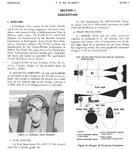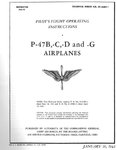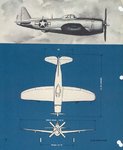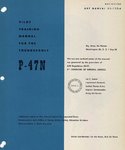wmaxt
Staff Sergeant
FLYBOYJ said:Point made here, it the real world combat pilots are going with what's in the POH, some may get more out of their mounts, some a little less (I'd bet not by much), but bottom line the POH (or -1) is the bible.
This is true, the POH is designed to be achiveable by any aircraft on the line with an average pilot. BTW thats why I added the note on the graph it is almost identicle to the POH for the P-38J/L in military power. Remember to, the POH does not include WEP numbers probably because they can vary so much.
FLYBOYJ said:If tests were done at places like Wright Patterson that got different data, someone felt it wasn't significant enough to place in the -1.....
Actualy, I belive, in many cases it was factored in to create the average for the POH. Something else that must be considered is air quality - density, moisture content ect. the chart above being performed by Lockheed will be on the west coast where ideal flying conditions exist. Many of the AAF tests were at Eglin Field where conditions vary wildly and humiditity is on the average higher than other locations. With the P-38 or other turbocharged aircraft this can affect turbo speeds and effectiveness greatly.
FLYBOYJ said:And as usual, great info JJ!! I love the page that shows the relationship tp MP and RPM - REMEMBER THAT GUYS!!!! It torques me to hear conversation about "boost" when no mention is made about engine RPM - they go hand in hand!!!!!!
This is criticle to, as a turbo puts out pressure in relation to the heat content of the exaust fed into it - the harder the engine works the better the turbo works. The prop pitch can increase/decrease manifold pressure due to the workload required of the engine for a particular rpm. This is why the P-38 was more fuel efficent with Lindbergs lower rpm higher manifold pressure cruise technics than it was with the standard cruise procedures.
wmaxt


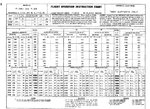
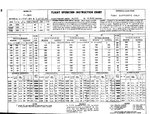
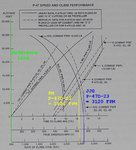




 .
. .
.

